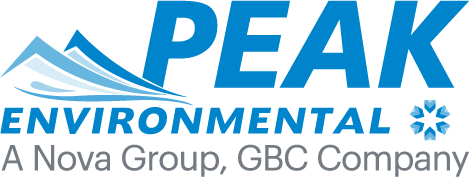
NJDEP has established new funding for their Brownfields program, administered by the Office of Brownfield & Community Revitalization (OBCR). A municipality can secure financial, administrative and technical support from multiple State and Federal sources by successfully obtaining a Brownfield Development Area (BDA) designation from OBCR. OBCR defines a BDA as “multiple brownfield sites that are in close proximity to one another”. The deadline to apply for BDA designation is April 30, 2024.
Since a real estate development is typically a multi year project with numerous stakeholders, a Steering Committed must be created, consisting of qualified people to establish and maintain project goals and provide consistent leadership throughout the process. The Committee is established by municipal ordinance or resolution committing to the project by formalizing their intent to enter a Memorandum of Understanding (MUA) with NJDEP.
Funding can be used to investigate property conditions, remediate as necessary, and redevelop the property. The application process requires the applicant to clearly define boundaries, the individual underutilized properties within those boundaries, and details about each property. Each boundary must also be justified using area conditions, such as school district information, property use, traffic patterns, etc. BDA designation allows efficient advancement through each step, and does not add any regulatory requirements, permits or approvals to the process.
Full environmental due diligence is not necessary at the application phase, however, base information regarding current and past uses, known environmental conditions or remedial actions, and available information from NJDEP Dataminer should be included. The Brownfield process includes state and federal liability protection to both municipalities and private developers for environmental issues at these properties.
The application must also include information for the proposed BDA relative to major census data, housing, local economics, existing public assets, existing local or state planning designations, transportation assets, and existing recreational space. In addition, land use information such as wetlands, flood zone, endangered species, or other types that may require additional planning and/or permitting must be included.
Lastly, the application must summarize the benefits to community and environment that will be realized, such as economic improvements, public health, quality of life, and others. DEP refers applicants to Smart Growth America and the US Green Building Council for references and principles applicable to a redevelopment project that will be helpful to an application.
DEP website Jeffrey Campbell, LSRP, PG Robert Edgar, LSRP Back to News
